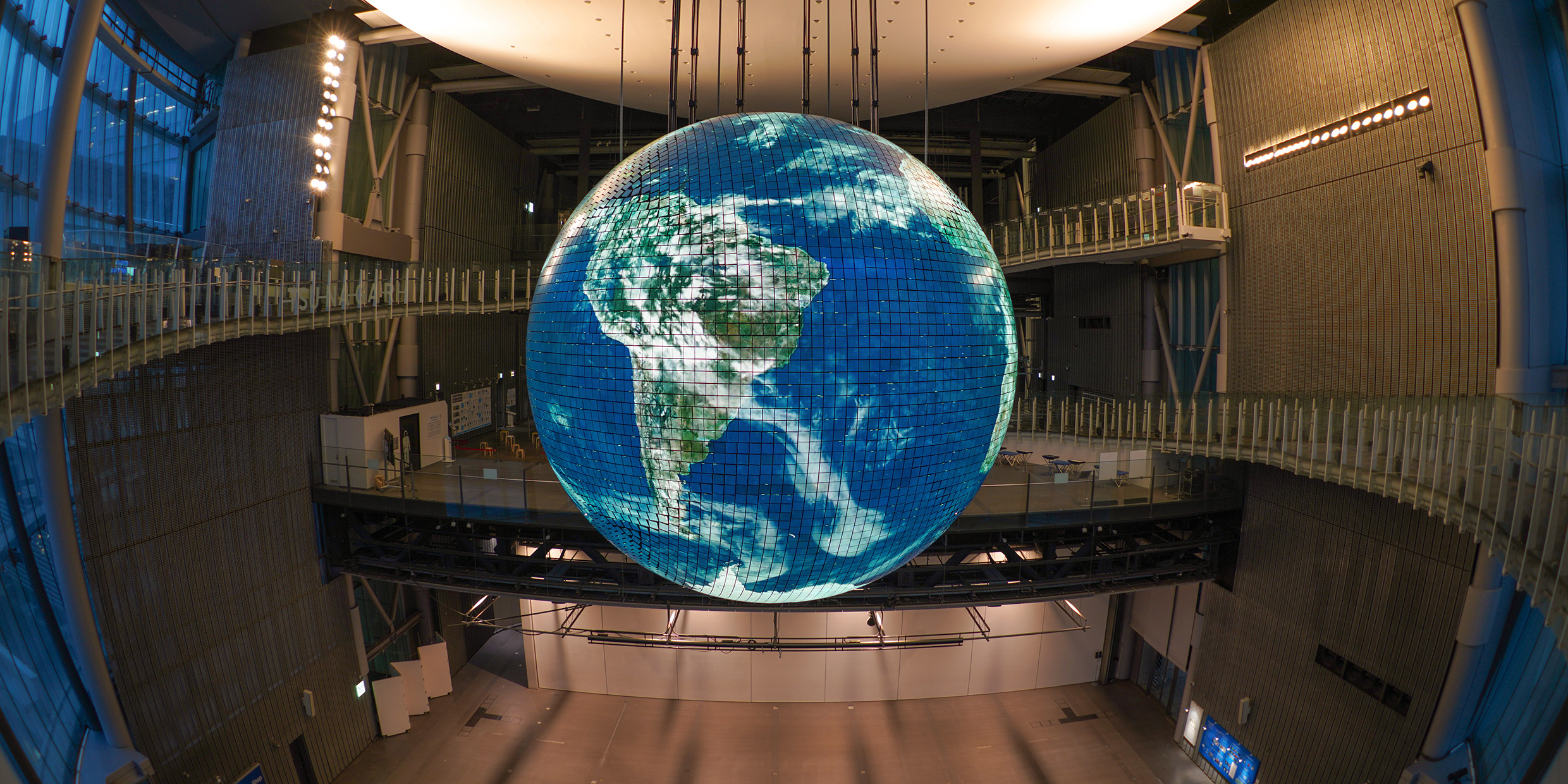Originally published 16 February 1998
In 1989, President’s Bush’s “America 2000” agenda set the goals of making US students first in the world in science and mathematics and ensuring that every adult American knew enough about science to participate responsibly in national debates about scientific issues.
These goals have not yet been met.
According to recent surveys, less than half of American adults know that the Earth revolves about the sun once a year. Less than half accept the idea that humans evolved from earlier species of animals. Only 12 percent agree that astrology is “not at all scientific.”
Jon Miller of Northern Illinois University, who has polled thousands of people on these sorts of questions, estimates that only 6 percent of American adults can be called scientifically literate.
Writing in the January 23 [1998] issue of the Chronicle of Higher Education, Keith Devlin, dean of science at St. Mary’s College of California and a senior researcher at Stanford University’s Center for the Study of Language and Information, asks whether “scientific literacy” is an appropriate goal.
It is neither possible nor necessary for the general population to have detailed scientific knowledge across a range of disciplines, says Devlin. Science has become too broad, too complex, too specialized for even a scientist to keep up-to-date.
Necessarily, we have to rely on experts, he says. But how do we evaluate the experts? How can we distinguish between the true expert and the quack? How do we assess scientific evidence?
What we should shoot for as a nation is not “scientific literacy,” says Devlin, but “scientific awareness” — an understanding of what science is about and what it means to establish a “scientific fact.”
Devlin writes: “When I say that all adults should be scientifically aware, I mean that they should base their opinions on fact and observable evidence rather than on prejudice or assumptions; be willing to change their opinions based on new evidence; understand cause-and-effect relationships; and appreciate how science is done — in particular, understand the role played by observation and experiment in establishing a scientific conclusion, and know what the terms ‘scientific theory’ and ‘scientific fact’ mean.”
These are laudable goals, but surely they are even more difficult to embed in our educational system than the communication of basic scientific facts and theories about the world.
It would be fantastic if our schools could turn out citizens who understand and appreciate the scientific process, but the evidence suggests that we are sinking deeper and deeper into a quagmire of superstition, pseudoscience, and New Age quackery. Not only can’t we distinguish scientific knowledge from crank opinion, we seem to positively prefer the latter.
By all means, then, let’s move to meet Devlin’s goal of “scientific awareness,” but in the meantime let’s not give up on “scientific literacy.”
Here are six bits of knowledge that should constitute minimum scientific literacy for every grade-school graduate. They should not be hard to teach, if one year of the curriculum were devoted to each:
- The world is big. With our best telescopes we observe a universe of tens of billions of galaxies. Each galaxy consists of hundreds of billions of stars. Most of those stars probably have planet systems. Our Earth is a typical planet of a typical star in a typical corner of a typical galaxy.
- The world is old. Human time is not cosmic time. If a year is represented by the thickness of a playing card, all of recorded human history would be a pile of cards about 10 feet high. The age of the universe is about 15 billion years; lay this pile of cards on its side and it would reach from New York to San Francisco.
- The world is made of atoms. Nature’s construction set is astonishingly simple: protons, neutrons, electrons. Of these, nature makes 92 kinds of atoms, and these combine into molecules. Out of simplicity comes complexity — the clear liquidity of water, the smell of bananas, the blue of the sky. A molecule called DNA determines your species, your gender, the color of your eyes.
- The world evolves. The history of the universe is a grand unfolding of matter and form from a seed of pure energy. Stars, planets and life have histories, determined by law and contingency — life and death, building up and tearing down, beauty and terror. Everything alive on the planet Earth today is related by common descent from primordial ancestors.
- Everything is connected. Our bodies are made of stardust — atoms forged in earlier generations of stars as they lived and died. Stars, planets, plants, animals, rocks, soil, sea, and atmosphere are interrelated in a fabric of wondrous refinement and resilience. We disrupt the fabric at our peril.
- The world is wonderful. The more we learn about the form and function of the world, the more we realize the depth of our ignorance, and the more we appreciate the creation as a source of wonder, awe, reverence, praise — or as revelation of a power worthy of our wonder, awe, reverence, praise.
These six “facts” are the product of thousands of years of human curiosity, creativity, and discovery. They should be the proud inheritance of every human child. They are the bedrock of scientific literacy.



